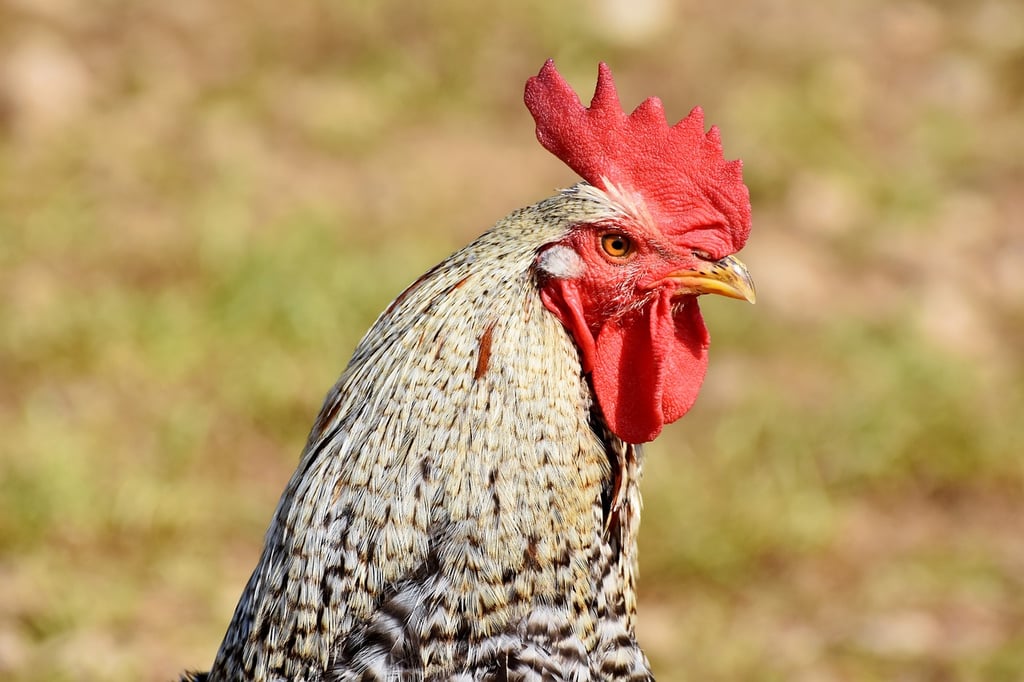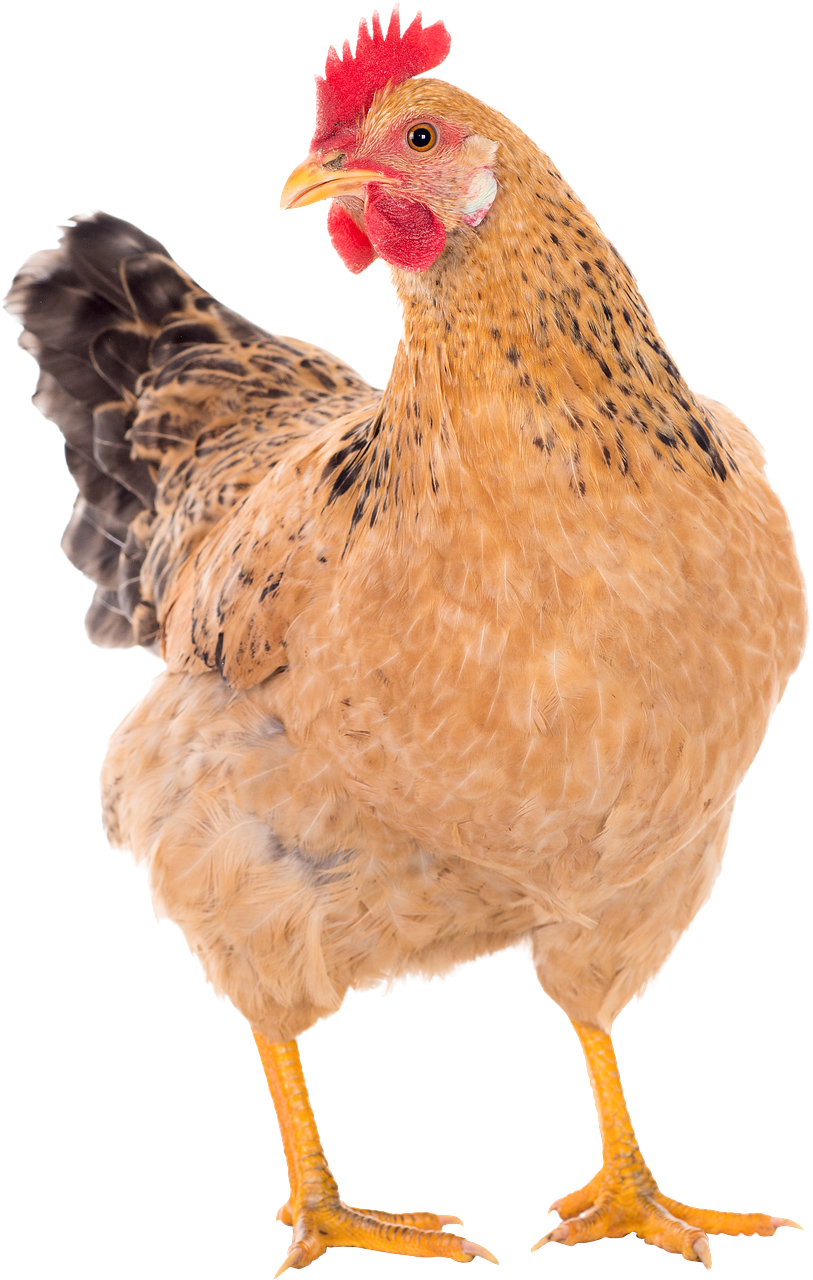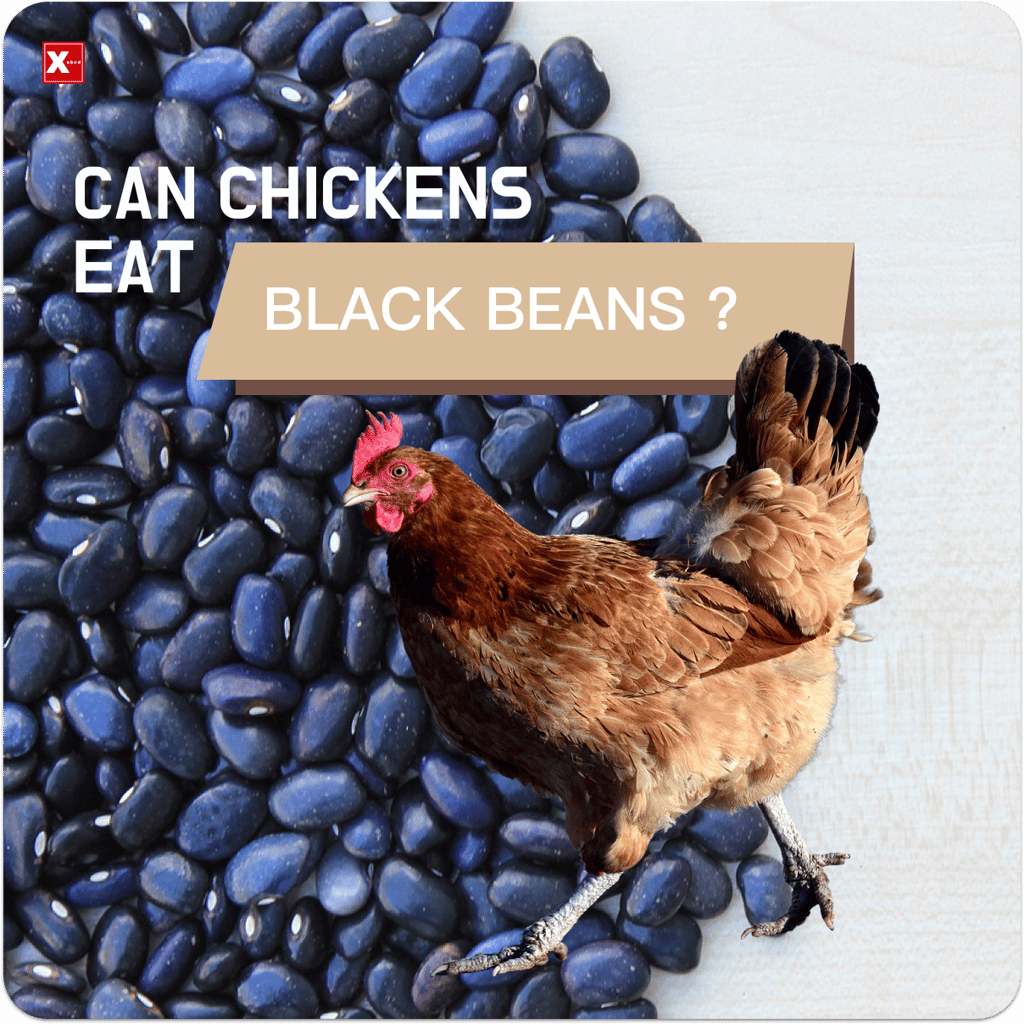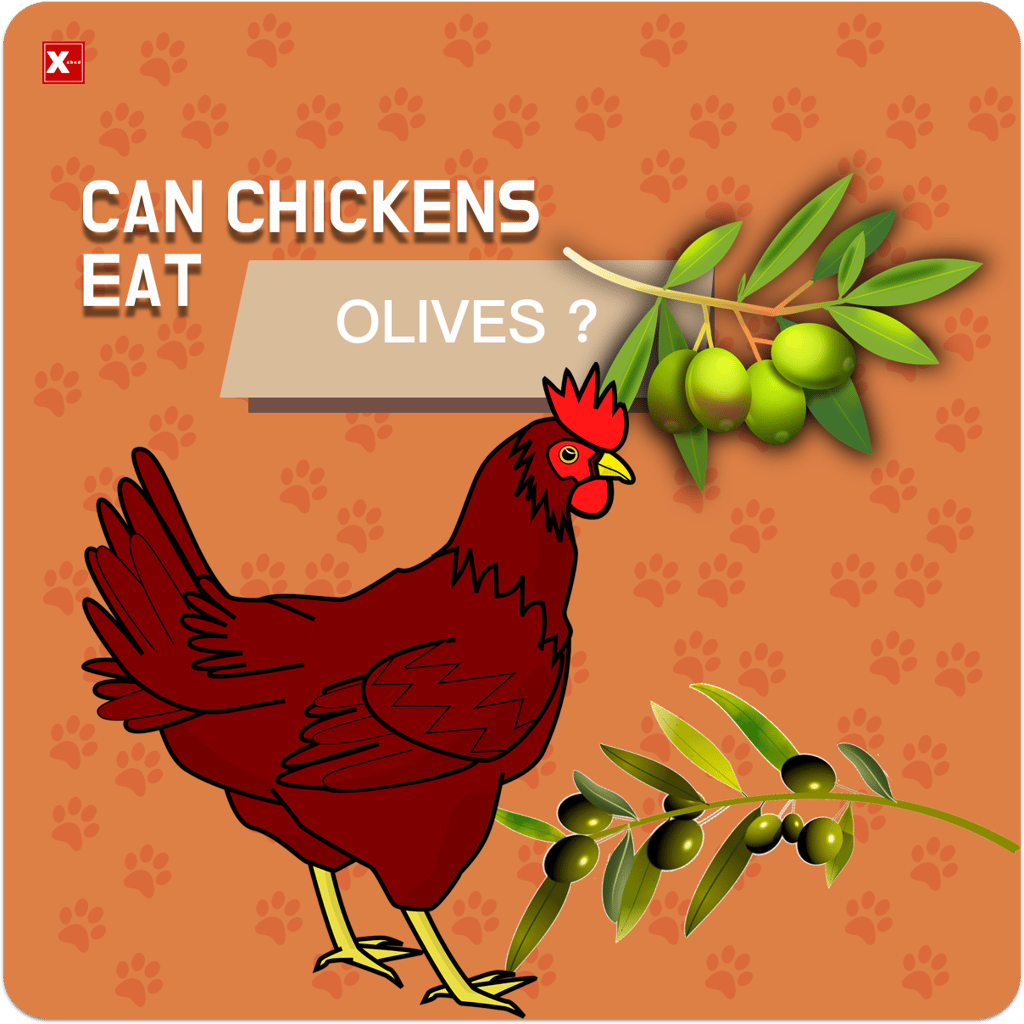Are you wondering if chickens can eat collard greens? The answer is yes! Collard greens provide numerous nutritional benefits for chickens. However, before introducing them to your feathered friends' diet, there are some important considerations to keep in mind. In this article, we will explore the advantages of feeding collard greens to chickens, how to prepare them, potential risks, and alternative options for a well-balanced diet.

The Nutritional Benefits of Collard Greens for Chickens
Collard greens are not only a delicious and healthy vegetable for humans but can also provide numerous nutritional benefits for chickens. These leafy greens are rich in essential vitamins, minerals, and antioxidants that can contribute to the overall well-being of your feathered friends.
One of the key nutritional benefits of collard greens for chickens is their high content of vitamins A, C, and K. Vitamin A plays a crucial role in supporting immune function, promoting healthy vision, and maintaining proper growth and development. Vitamin C acts as a powerful antioxidant, helping to combat oxidative stress and boost the immune system. Vitamin K is important for blood clotting and bone health. By including collard greens in your chickens' diet, you can help ensure they receive an adequate supply of these vital vitamins.
In addition to vitamins, collard greens are also a good source of minerals such as calcium, manganese, and potassium. Calcium, for instance, is essential for strong eggshells and proper muscle function. Manganese is involved in various enzymatic reactions, while potassium helps regulate fluid balance and nerve function. By providing collard greens to your chickens, you can contribute to their mineral intake and support their overall health and vitality.
| Nutrient | Amount per 100g |
|---|---|
| Vitamin A | 3333 IU |
| Vitamin C | 35 mg |
| Vitamin K | 104 mcg |
| Calcium | 232 mg |
| Manganese | 0.5 mg |
| Potassium | 213 mg |
Furthermore, collard greens are low in calories and high in fiber. This can be beneficial for chickens who need to maintain a healthy weight and have a well-functioning digestive system. The fiber content helps regulate digestion, preventing issues such as constipation and improving nutrient absorption.
It is important to note that while collard greens offer many nutritional benefits, they should be fed in moderation as part of a balanced diet. Too much of any one food can upset the nutrient balance in a chicken's diet. It is recommended to offer collard greens as a treat or supplemental food rather than a primary source of nutrition.
In conclusion, collard greens can provide chickens with valuable nutrients, including vitamins A, C, and K, as well as calcium, manganese, and potassium. Remember to offer them in moderation and alongside a varied diet to ensure your flock receives all the necessary nutrients for optimal health.

Considerations Before Feeding Collard Greens to Chickens
When it comes to feeding collard greens to chickens, there are a few important considerations to keep in mind. While collard greens can be a nutritious addition to their diet, it's essential to understand the potential risks and take necessary precautions.
Here are some key considerations before feeding collard greens to chickens:
- Quantity: While collard greens can be beneficial, they should be offered in moderation. Too much of any one food can upset the delicate balance of a chicken's digestive system. It is recommended to provide collard greens as a treat, rather than a substantial portion of their daily diet.
- Raw or Cooked: Chickens can consume both raw and cooked collard greens, but there are pros and cons to each. Raw collard greens retain more of their nutrients but can be harder for chickens to digest. Cooking the greens can make them easier for chickens to consume and digest, but some nutrients may be lost in the cooking process.
- Preparation: Before offering collard greens to chickens, it's essential to thoroughly clean them to remove any dirt, pesticides, or chemicals. Organic collard greens are the best option, as they minimize the risk of contaminants. Additionally, chop the leaves into smaller, manageable pieces to make it easier for chickens to eat.
- Introduce Gradually: Like with any new food, it's important to introduce collard greens gradually to prevent digestive upset. Start by offering small amounts and observe how the chickens respond. If there are no adverse effects, gradually increase the quantity over time.
- Food Allergies or Sensitivities: Some chickens may have allergies or sensitivities to certain types of food, including collard greens. Monitor your chickens closely after introducing collard greens to watch for any signs of allergic reactions or digestive issues. If any problems arise, discontinue feeding collard greens to those chickens.
- Monitor Calcium Levels: While collard greens are a good source of calcium, too much calcium can lead to health problems for chickens. Keep an eye on the overall calcium levels in their diet and ensure it remains well-balanced between different food sources.
By considering these factors, you can safely incorporate collard greens into your chickens' diet and ensure they enjoy the nutritional benefits without any adverse effects.
| Considerations Before Feeding Collard Greens to Chickens | |
|---|---|
| Quantity | Offer in moderation to maintain digestive balance |
| Raw or Cooked | Both options have pros and cons, consider preferences and nutrient retention |
| Preparation | Thoroughly clean and chop into smaller pieces for easy consumption |
| Introduce Gradually | Start with small amounts and gradually increase over time |
| Food Allergies or Sensitivities | Monitor chickens for allergic reactions or digestive issues |
| Monitor Calcium Levels | Ensure a balanced calcium intake for overall health |

Preparing Collard Greens for Chicken Consumption
Preparing Collard Greens for Chicken Consumption: Collard greens can be a nutritious addition to a chicken's diet, but it's important to prepare them properly to ensure the chickens can safely consume and digest them. Here are some steps to follow when preparing collard greens for chicken consumption:
- 1. Selecting Fresh Collard Greens: When selecting collard greens for your chickens, opt for fresh and healthy-looking leaves. Look for vibrant green leaves that are free from yellowing or browning. Choose bunches with crisp stems and avoid any with signs of wilting or insect damage.
- 2. Washing the Collard Greens: Before feeding collard greens to your chickens, it's crucial to wash them thoroughly. Fill a sink or large basin with cool water and gently place the collard greens in it. Swish them around to remove any dirt, sand, or debris that may be clinging to the leaves. Rinse the greens under running water to ensure they are clean.
- 3. Removing the Tough Stems: Collard green stems can be tough and fibrous, making it difficult for chickens to consume them. To make the greens easier for chickens to eat, it's best to remove the tough stems. Hold the stem end of each leaf with one hand and use your other hand to gently pull the leaf away from the stem. Discard the stems or use them for composting.
- 4. Chopping the Collard Greens: Once the stems are removed, chop the collard greens into smaller, bite-sized pieces. This makes it easier for chickens to pick and eat the greens, reducing the risk of choking or wastage. You can use a sharp knife or kitchen shears to chop the leaves into desired sizes.
- 5. Serving the Collard Greens: Chickens can be served collard greens in a variety of ways. You can mix the chopped greens with their regular feed, scatter them on the ground for them to forage, or even hang them for the chickens to peck at. Remember to offer collard greens as part of a balanced diet and not as the sole source of nutrition for your chickens.
It's important to note that not all chickens may take to collard greens immediately. Some chickens may need time to become accustomed to the new addition to their diet. It may be helpful to introduce collard greens gradually, mixing them with their regular feed or other greens that they are already familiar with. By following these steps and properly preparing collard greens, you can ensure that your chickens can safely enjoy the nutritional benefits of this leafy green vegetable. Remember to monitor your chickens' response to the greens and make any necessary adjustments to their diet to keep them healthy and happy.
Introducing Collard Greens to Chickens' Diet
Introducing new food to your chickens' diet should be done gradually to ensure their digestive systems can adjust and to minimize any potential adverse effects. This is especially true when introducing collard greens, as sudden changes in diet can lead to digestive upset in chickens. Follow these steps to introduce collard greens safely:
Step 1: Start with Small Quantities
Begin by offering small amounts of collard greens to your chickens initially. This allows their bodies to familiarize themselves with the new food item and prevents any overwhelming reactions. Monitor their response and observe if they show any signs of aversion or discomfort.
Step 2: Mix with Known Foods
Blend collard greens with other foods that your chickens are already accustomed to eating. This can include their regular feed, grains, or vegetables they enjoy. By mixing collard greens with familiar foods, chickens are more likely to try and accept the new addition to their diet.
Step 3: Gradually Increase the Amount
Over time, gradually increase the quantity of collard greens in their diet. Monitor their overall well-being during this transition period. If your chickens show any signs of digestive issues, such as diarrhea or decreased appetite, reduce the amount of collard greens and consult with a veterinarian if problems persist.
Step 4: Provide Variety
While collard greens provide nutritional benefits, it is important to offer a diverse range of foods for your chickens' overall health and well-being. Experiment with other safe vegetables, fruits, and herbs that chickens can enjoy. This variety ensures they receive a balanced diet and prevents boredom.
| Vegetables | Fruits | Herbs |
|---|---|---|
| Lettuce | Watermelon | Mint |
| Carrots | Berries | Parsley |
| Pumpkin | Apples | Thyme |
By following these steps and providing a varied diet, you can successfully introduce collard greens to your chickens' diet. Remember to monitor their response and consult with a veterinarian if you have any concerns about their health or nutritional needs.

Potential Risks and Side Effects of Feeding Collard Greens to Chickens
Discover the nutritional benefits, considerations, preparation, introduction, potential risks and side effects, and alternatives to feeding collard greens to chickens in this comprehensive guide.
Potential Risks and Side Effects of Feeding Collard Greens to Chickens
While collard greens can be a nutritious addition to a chicken's diet, it's important to be aware of potential risks and side effects. These include:
- Goitrogenic Compounds: Collard greens contain goitrogenic compounds that can interfere with the thyroid function of chickens. Overconsumption of collard greens may lead to thyroid issues and goiter formation in chickens. It is recommended to feed collard greens in moderation to avoid any negative effects.
- Calcium to Phosphorus Imbalance: Collard greens have a higher calcium content compared to phosphorus. If fed in excessive amounts, especially without a balanced diet, it can lead to an imbalance in the calcium-phosphorus ratio. This imbalance may result in skeletal problems, such as weak bones and deformities in chickens. Always ensure a balanced diet to maintain the right mineral ratios.
- Gastrointestinal Upset: Introducing collard greens abruptly or in large quantities to chickens' diet can cause gastrointestinal upset, including diarrhea and digestive disturbances. It is crucial to introduce new foods gradually and observe any adverse reactions.
- Pesticide Contamination: As with any leafy greens, collard greens may carry pesticide residues if not grown organically or properly washed. Pesticides can be harmful to chickens and may affect their health. Ensure to source organic or pesticide-free collard greens and thoroughly wash them before feeding to chickens.
To have a clearer understanding of the risks and side effects, here's a table summarizing the potential problems associated with feeding collard greens to chickens:
| Potential Risks and Side Effects |
|---|
| Goitrogenic Compounds |
| Calcium to Phosphorus Imbalance |
| Gastrointestinal Upset |
| Pesticide Contamination |
It's essential to monitor your chickens' health and behavior when introducing new foods to their diet. If you notice any adverse reactions or signs of discomfort, it's recommended to consult a veterinarian for further guidance.

Alternatives to Collard Greens for Chicken Nutrition
Discover the nutritional benefits, considerations, preparation, introduction, potential risks and side effects, and alternatives to feeding collard greens to chickens in this comprehensive guide.
If your chickens cannot eat collard greens or you're looking to diversify their diet, there are several alternative greens that provide similar nutritional benefits. These alternatives can be a great addition to your chickens' diet and help promote their overall health and well-being.
| Alternative Green | Nutritional Benefits |
|---|---|
| Kale | Kale is rich in vitamins A, C, and K, as well as calcium. It supports strong immune systems and helps with digestion. |
| Spinach | Spinach is high in iron, protein, and vitamins A and B. It aids in bone strength and promotes healthy feather growth. |
| Swiss Chard | Swiss chard contains antioxidants and minerals such as magnesium and potassium. It helps with muscle function and promotes heart health. |
| Dandelion Greens | Dandelion greens are packed with vitamins A, C, and K, as well as calcium. They support liver function and aid in digestion. |
It is important to introduce these alternative greens gradually into your chickens' diet to avoid digestive upset. You can finely chop or shred the greens and mix them with their regular feed or sprinkle them on top as a treat. Monitoring your chickens' response to these alternatives is crucial to ensure they accept and digest them properly.
Remember that variety is key in providing a well-rounded diet for your chickens. Offering different greens throughout the week will not only keep their meals exciting but also ensure they receive a diverse range of nutrients. Always consult with a poultry nutritionist or veterinarian to determine the best greens and feeding practices for your specific flock's needs.
Discover the nutritional benefits, considerations, preparation, introduction, potential risks and side effects, and alternatives to feeding collard greens to chickens in this comprehensive guide.
Faqs
-
Can chickens eat collard greens every day?
While collard greens have numerous nutritional benefits for chickens, it is recommended to offer them a varied diet to ensure they receive a balanced intake of nutrients. Feeding collard greens every day may lead to an imbalance in their diet and potentially cause digestive issues. It is best to incorporate collard greens into their diet in moderation.
-
How should I prepare collard greens for chickens?
Before feeding collard greens to your chickens, it is essential to properly prepare them. Start by thoroughly washing the greens to remove any dirt or pesticides. Then, chop them into small, bite-sized pieces to make it easier for the chickens to consume. Additionally, you may consider blanching the greens briefly in boiling water to soften them, especially if you have younger chickens or chicks.
-
What are some alternatives to collard greens for chicken nutrition?
If collard greens are not readily available or if you are looking to diversify your flock's diet, there are several alternatives that provide similar nutritional benefits. Some options include kale, spinach, Swiss chard, mustard greens, and dandelion greens. Remember to introduce any new food gradually to observe how the chickens respond and adjust their diet accordingly.






